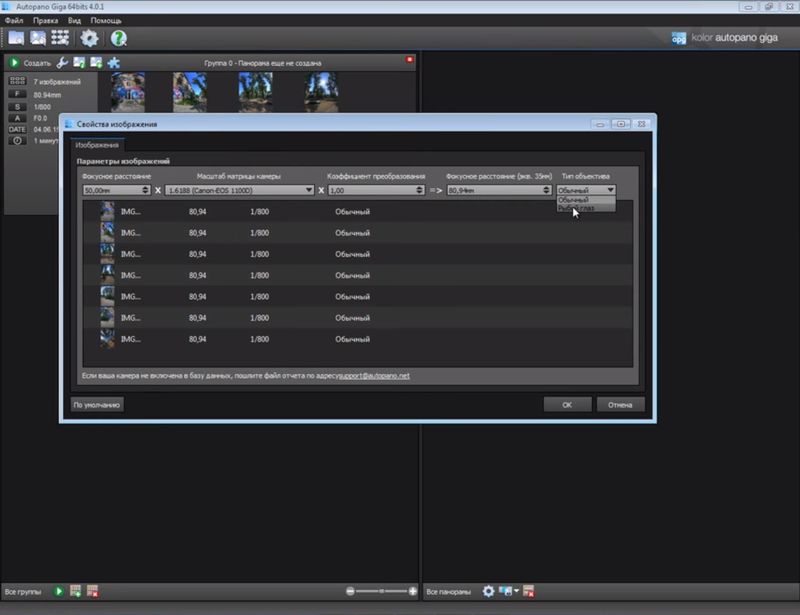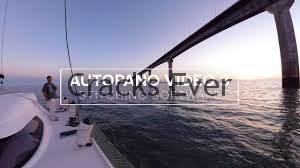
First introduced in 1980s, T2SL technology is currently gaining interest for its imaging application in the SWIR (Short Wave Infrared) range over 1700 nm which is the longest radiation that an InGaAs camera can detect. A super lattice detector consists of a repeating sequence of very thin layers of different materials which creates sub-bands whose corresponding bandgap energies determine the cutoff wavelength of the sensor.

This paper discusses for the first time a Type II Super Lattice (T2SL) camera for infrared reflectography. This system is of particular interest for the cultural heritage sector because of its hardware simplicity and acquisition speed, as well as its lightness and small dimensions.Īrtistic paints attenuate and diffuse infrared radiation less than visible light and thus infrared cameras can be used to inspect polychromed works of art for underdrawings and pentimenti. Use of this multispectral camera for both panoramic and macro photography is discussed, together with the possibilities facilitated from the coupling of the system to a stereomicroscope and a compound microscope.

This work demonstrates the versatility of this set-up, a versatility enabling it to be applied to different tasks, involving examination and documentation of objects of varying size. This paper presents an affordable multispectral imaging system composed of a monochromatic CCD camera and a set of only 12 interference filters for mapping pigments on works of art and for the tentative identification of such pigments. These images are then stacked into a reflectance imaging cube to reconstruct reflectance spectra from each of the images’ pixels. A monochromatic camera is combined with an appropriate wavelength selection system and acquires a variable number of spectral images of a scene. Multispectral imaging systems are used in art examinations to map and identify pigments, binders and areas of retouching. In this paper, we'll evaluate the efficiency of the softwares for images assemble and we'll discuss the characteristics, advantages and options in the use of two capture systems for IRR.
AUTOPANO GIGA 4.0 SOFTWARE
For the mosaics assemble, the software considered were VARIM (Visión Artificial aplicada a la Reflectografía de Infrarrojos Mecanizada, version 1.0.7), Kolor Autopano Giga (Version 2.4.6) and Microsoft ICE (Microsoft Image Composite Editor, version 1.4.4.0). We have analyzed sixteenth century paintings of large format using two Xenics cameras with InGaAs detector. This international collaboration proposes a comparison between two methods of image capture and three different software for the assemble of multiple images. In other hand, for complete infrared images of large format easel paintings, it is necessary to control the lighting, in order to ensure the same conditions of each reflectogram captured. Consequently, it is important to find a way to obtain a complete picture of the entire artwork in order to be able to perform contrast’s observation. Depending on the size of the artwork, the result can be tens to thousands of images that have to be integrated into an assemble. As it’s well known, reflectograms measured with InGaAs detector camera are relative small images and the camera must be placed at a close distance from the painting.

It also provides information useful to decriminalize several pigments on the artwork’s surface based on the change contrast’s observation of the IRR image. This technique reveals the presence of preparatory drawings, testimonies of painter’s skills and the organization of his workshop.
AUTOPANO GIGA 4.0 REGISTRATION
Van Asperen de Boer thesis (1968), infrared reflectography (IRR) has become a classic image registration method for paintings studies.


 0 kommentar(er)
0 kommentar(er)
